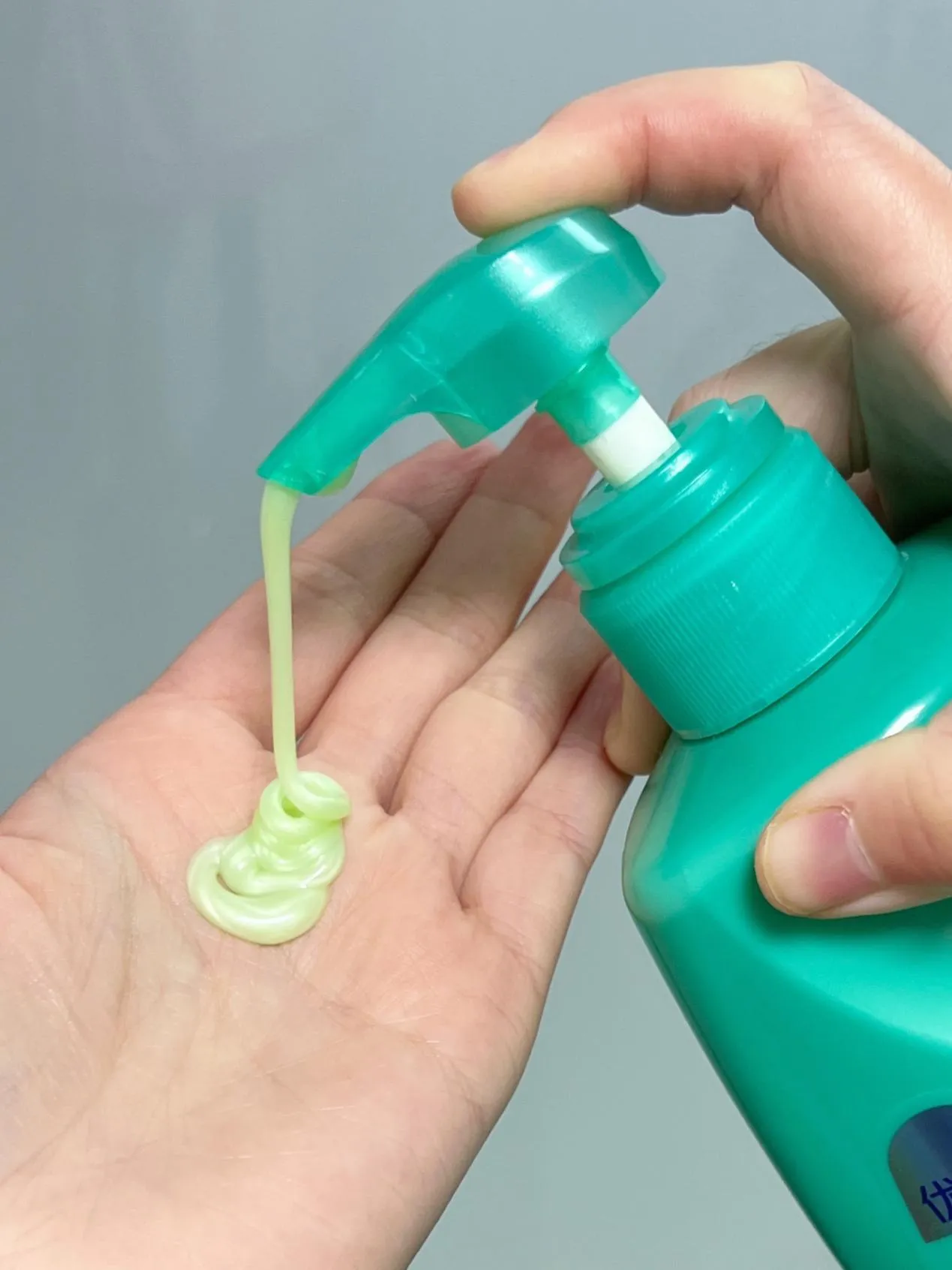
Hydroxypropyl and Hydroxyethyl Starches: Properties, Applications, and Industry Uses
Modified starches have become indispensable in food, pharmaceutical, cosmetic, and industrial applications, thanks to their improved stability, solubility, and functional performance. Among these, hydroxypropyl starch ether, hydroxypropyl starch, and hydroxyethyl starch are some of the most widely used derivatives. These starches are obtained by introducing hydroxypropyl or hydroxyethyl groups into natural starch, enhancing properties like freeze-thaw stability, viscosity control, and resistance to retrogradation.

Variants such as hydroxypropyl starch phosphate, hydroxypropyl distarch phosphate, and hydroxyethyl starch solution have specialized functions in industries ranging from food to medicine. Even niche applications—like hydroxypropyl starch phosphate curly hair treatments in personal care—benefit from these modified starches’ versatility.
1. Hydroxypropyl Starch and Its Derivatives
Hydroxypropyl starch is produced by treating native starch with propylene oxide. This modification improves the starch’s stability under acidic or alkaline conditions, as well as its resistance to high-temperature processing.
Hydroxypropyl starch ether is especially valued in construction materials, acting as a thickener, water retention agent, and workability enhancer in cement-based products. In the food industry, hydroxypropyl starch food is used to stabilize sauces, pie fillings, and dairy products.
Hydroxypropyl Starch Phosphate and Distarch Phosphate
Hydroxypropyl starch phosphate is a dual-modified starch with both hydroxypropyl and phosphate groups. This combination increases swelling power, freeze-thaw stability, and resistance to syneresis.
Hydroxypropyl distarch phosphate is widely known by its food additive code, hydroxypropyl distarch phosphate E1442. It is common in frozen foods, canned soups, and sauces, ensuring stable texture during storage and reheating.
Hydroxypropyl phosphate is a related compound that plays a role in both food and industrial formulations, enhancing dispersibility and emulsification.
Specialty Variants
Hydroxypropyl pea starch is derived from pea starch, offering a plant-based alternative for gluten-free and clean-label food formulations.
Hydroxypropyl starch phosphate curly hair products are used in cosmetics for conditioning and moisture retention, catering to the natural hair care market.
2. Hydroxyethyl Starch: Medical and Industrial Applications
Hydroxyethyl starch (HES) is created by treating starch with ethylene oxide, producing a highly soluble and stable polymer. While hydroxy starch is a general term, hydroxyethyl starch has specific uses in medicine and industry.
Medical Use
Hydroxyethyl starch IV solutions are plasma volume expanders used in medical settings to treat hypovolemia (low blood volume).
Formulations like 6 hydroxyethyl starch and hydroxyethyl starch 130 0.4 differ in molecular weight and substitution ratio, affecting their pharmacokinetics and clinical use.
HES hydroxyethyl starch solutions are regulated substances, with usage guidelines to minimize risks in patients.
Hydroxyethyl starch hes is commonly found in intravenous infusions under controlled medical supervision. The hydroxyethyl starch solution is carefully prepared for compatibility with human physiology, ensuring safety and efficacy.
Industrial Use
Beyond medicine, hydroxyethyl starch is used as a thickener, stabilizer, and binder in adhesives, coatings, and textile printing. Its excellent film-forming ability and viscosity stability make it ideal for demanding industrial processes.
3. Cross-Industry Benefits and Functional Performance
Both hydroxypropyl and hydroxyethyl starch derivatives offer benefits across industries:
Improved Freeze-Thaw Stability: Essential for frozen foods and cold-chain products.
Enhanced Viscosity Control: Maintains texture under various temperatures and pH levels.
Reduced Retrogradation: Keeps food and cosmetic products smooth and stable over time.
Film-Forming and Binding: Ideal for coatings, adhesives, and paper products.
Moisture Retention: Critical in personal care, construction, and food applications.
For example, hydroxypropyl starch ether in tile adhesives ensures even application and strong bonding, while hydroxypropyl starch phosphate curly hair treatments help lock in moisture and improve manageability.
Conclusion: The Versatility of Modified Hydroxy Starches
From hydroxypropyl starch food formulations to hydroxyethyl starch IV medical solutions, these modified starches demonstrate remarkable adaptability. Whether it’s the construction industry using hydroxypropyl starch ether, the food industry incorporating hydroxypropyl distarch phosphate E1442, or personal care products featuring hydroxypropyl starch phosphate curly hair treatments, the scope of applications is vast.
The ability of these starch derivatives to enhance stability, texture, and performance under challenging conditions makes them indispensable. As clean-label, plant-based, and high-performance demands grow, specialty options like hydroxypropyl pea starch will gain even more importance.
By understanding the distinctions—hydroxypropyl starch for food and industrial use, hydroxyethyl starch solution for medical and technical applications—manufacturers and formulators can make informed choices, ensuring the best outcomes for their products and customers.
FAQ Section
FAQ 1: What is hydroxypropyl starch ether used for?
Answer: Hydroxypropyl starch ether is mainly used in construction materials as a thickener and water retention agent, improving the workability and adhesion of cement-based products.
FAQ 2: What is hydroxypropyl distarch phosphate E1442 in food?
Answer: Hydroxypropyl distarch phosphate E1442 is a modified starch used as a stabilizer and thickener in sauces, soups, and frozen foods, providing freeze-thaw stability and consistent texture.
FAQ 3: What is the difference between hydroxyethyl starch and hydroxypropyl starch?
Answer: Hydroxyethyl starch is commonly used in medical IV solutions and industrial applications, while hydroxypropyl starch is more often used in food, cosmetics, and construction for thickening, stabilizing, and binding.
FAQ 4: What does hydroxypropyl starch phosphate curly hair do?
Answer: Hydroxypropyl starch phosphate curly hair treatments help retain moisture, reduce frizz, and improve the texture and manageability of curly hair in personal care formulations.
FAQ 5: What is hydroxyethyl starch 130 0.4 used for?
Answer: Hydroxyethyl starch 130 0.4 is a specific type of medical-grade hydroxyethyl starch used in intravenous solutions to expand plasma volume in patients with low blood volume.
-
Wholesale Water Reducing Admixture for Special Cement: Performance, Benefits, and ApplicationsNewsAug.22,2025
-
Understanding Redispersible Polymer Powder: Types, Applications, and BenefitsNewsAug.22,2025
-
Understanding Gypsum Retarders: Applications, Benefits, and Industry UsesNewsAug.22,2025
-
Understanding Antifoaming Agents: Types, Uses, and ApplicationsNewsAug.22,2025
-
Polyvinyl Alcohol and Polypropylene Fiber Solutions for Construction and IndustryNewsAug.22,2025





















